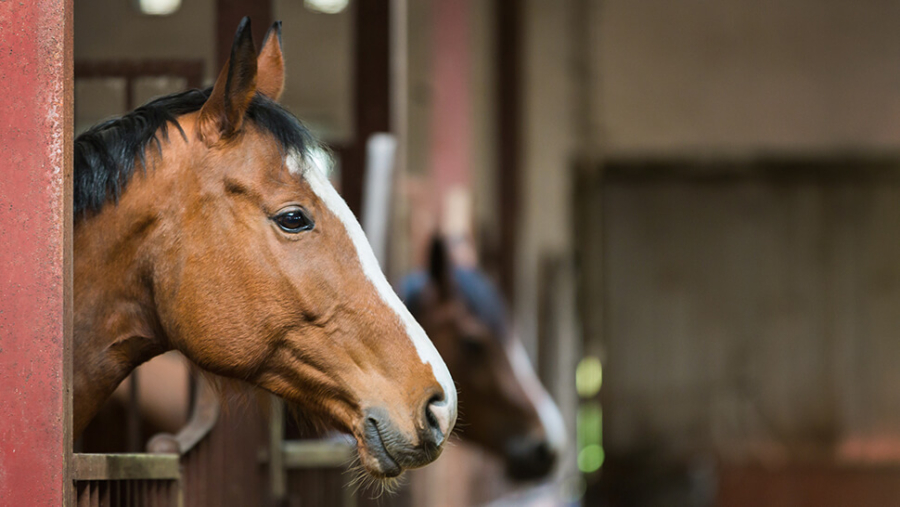

In the current economic climate, and with money becoming even more stretched for all of us, people often find that they struggle to meet the costs of keeping their horses. More and more frequently livery yard owners are being met with defaulting liveries who cannot meet their payments and in the worst case scenarios are being left with abandoned horses.
So what options do livery yard owners have in these circumstances?
The issue when people fail to settle their bills on time are even more complex when you add in the factor of the horse’s welfare which has to be balanced alongside the commercial considerations of a business.
A carefully considered well drafted livery agreement being in place from the outset will define the terms of the agreement between the parties and set out what should happen in the case of default. It would also be sensible to consider having credit checks carried out before entering into livery agreements to ensure the credit worthiness of potential customers. It is sometimes unclear exactly who owns a horse these days as many are owned by trusts or syndicates. In these cases it is crucial to identify who is responsible for payment and to obtain personal guarantees from a third party in respect of the costs.
Any default on payment needs to be taken seriously to ensure that a precedent is not set for other liveries. Once it is clear that a livery is having problems with payment then the livery yard owner should talk to them as soon as possible to try to deal with the problem before the debt mounts.
In some cases nothing can be done to reach a resolution. In these cases a well drafted livery agreement will set out a clear notice period which a livery owner must give to their livery in cases of default to remove the horse and equipment.
If at the expiry of the notice period the livery leaves removing the horse and equipment but without paying the money owed then the livery yard owner will have recourse to the usual court proceedings for recovery of an unpaid debt. It would be prudent at this stage to seek specialist legal advice to ensure that the correct procedures are followed. Harrison Clark Rickerbys have a specialist debt recovery team that can assist in these situations.
The problems largely arise when the livery does not remove their horse and equipment at the expiry of the notice period. Once the notice period has expired the livery will be classed as trespassing giving the livery owner various options such as changing the locks and seeking a court injunction requiring them to leave.
If a horse and/or equipment are left abandoned at the yard following expiry of the notice then the livery yard owner will need to ensure that the welfare of the horse is maintained in order to avoid any potential prosecution by the RSPCA. It is therefore imperative that the livery owner takes immediate action to protect themselves against costs accruing out of control.
Once a horse and equipment is abandoned then the livery yard owner become an involuntary bailee of the horse and the equipment under section 12 of the Torts (Interference with Goods) Act 1977 and the livery owner is able to take steps to sell the horse and the equipment (after the requisite notice has been served) in order to use the funds against any monies owed. Any additional sale proceeds that are left after the debt has been paid will need to be returned to the debtor rather than being retained by the livery yard owner. This option is not straight forward and legal advice from an expert with experience in this area is crucial in order to correctly dispose of the horse and the equipment.
We get many calls from livery yard owners asking if they can hold a lien over a debtor’s horse until the livery fees are paid. A lien allows the livery yard to retain possession of your horse until payment is made, however, the law does not imply the right of lien into any agreement you and the owner may have so a livery yard owner does not have the right to a lien unless this is specifically included within any livery agreement.










